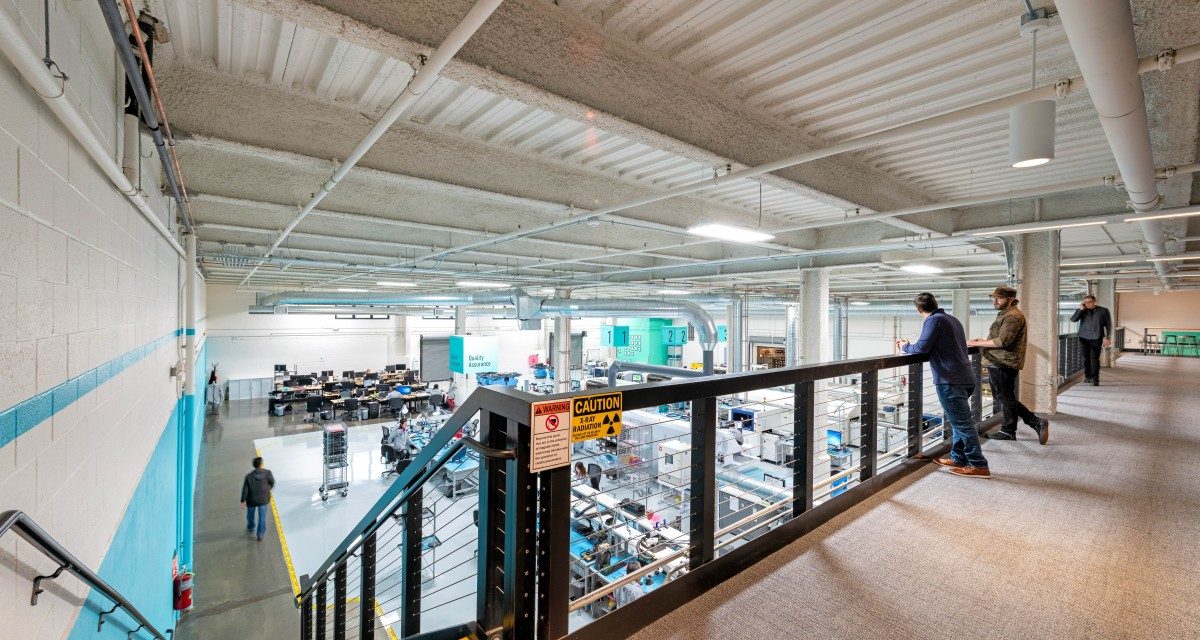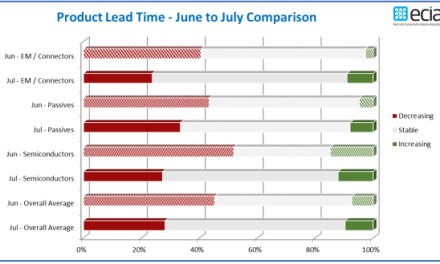Strategies for PCB Reliability: How to Reduce Time, Spending, and Bandwidth

By Ryan Saul, Senior Director, Sales Engineering, Tempo Automation

Ryan Saul Tempo Automation
Almost all printed circuit board assembly (PCBA) is founded on automation, the tenets of which include repeatability and reliability. No matter the application—whether it’s for medtech, industrial, or commercial use—a well-built circuit board is one that can meet its functional and operational objectives while also enduring the project’s desired lifetime.
Without upholding these principles to create highly reliable PCB designs, engineers risk not only the efficiency of their products but the safety of their end-users, as well. For example, consider manufacturing for the aerospace industry, where most aerospace projects are a one-time shot (after all, failures on space platforms are not repairable), and lost aerospace vehicles, like satellites or rockets, jeopardize not only millions of dollars but human life. Stakes are similarly high when designing PCBs for the medtech industry—it need not be stated the level of danger and risk should a medical device prove unreliable.
For these high-stakes applications, PCB reliability is not only desirable but necessary—and it is highly regulated. For example, regulatory standards, such as AS9100D, ISO90002015, and ISO13845, must be followed to ensure that manufacturing processes are up-to-par for monitoring, record-keeping, and quality control.
In addition to these regulatory standards, when designing PCBs for aerospace, medtech, or other applications, there are certain guidelines to which engineers should subscribe to ensure a PCBA process that can guarantee high reliability and reduce unnecessary expenditures on time, spending, and bandwidth.
First, engineers must consider that a highly reliable PCB development process extends beyond just one design; rather, the PCB design should also be able to be applied to different designs across different applications. In other words, this requires the design to be repeatable, so that once the best design has been determined and all errors have been eliminated, it can be duplicated with a consistently high rate of success.
Along with repeatability, PCB design must also have flexibility. This ensures that the development process can implement changes in design specifications and process innovations, such that the same quality level is obtainable for different designs.
To achieve these characteristics of PCB design for aerospace, medtech, and industrial applications, there are several strategies engineers should look to.
First, there should be a formal structure or management plan to enable monitoring and analysis throughout the process. With a comprehensive risk management plan in place, engineers can work with their contract manufacturers (CMs) to improve the PCB design as it develops by assessing and analyzing risks and then making the appropriate corrective actions to mitigate or eliminate risks when necessary.
It also behooves engineers to work with a CM who employs agile manufacturing processes. This ensures that PCB developments are able to adapt to changes in design without adding exorbitant expenditures in time or cost. Agile manufacturing processes are particularly important for projects that require multiple development processes to proceed simultaneously, thus, incorporating concurrent engineering practices that may include multiple internal teams or even other, external organizations.
Most crucially, engineers must remember that reliability isn’t just one step of the PCBA design and manufacturing process; rather, it’s a strategy that has to be carefully considered and implemented at each step of the process. From recognizing relevant industry standards to selecting materials to choosing a knowledgeable CM, reliability must be considered every step of the way to ensure PCB designs that will be fully functional and operational for aerospace applications.
By working with the right CM, engineers can employ these strategies to ensure their PCBs are repeatable, flexible, and reliable, while simultaneously reducing expenditures on time, costs, and bandwidth. For example, Tempo Automation, a leading electronics manufacturer for prototyping and low-volume production of printed circuit board assemblies, combines its proprietary automation software with quality-controlled, reliable manufacturing processes to ensure engineers’ boards achieve high levels of reliability. From the beginning of the process, Tempo works with engineers to get started on the best path for development by furnishing information for Design for Manufacturing (DFM) checks and enabling engineers to easily view and download their files. Driven by both agile hardware and software development processes, the Tempo smart factory can automate the information flow of design data to the factory floor and leverage data gleaned throughout the entire assembly cycle to provide a continuous loop of feedback. This unique approach to PCBA manufacturing helps provide valuable insight to engineers throughout the design process, so they can guarantee high reliability in their PCB designs without increasing time, costs, or bandwidth.
About Tempo Automation
Tempo Automation is the world’s fastest electronics manufacturer for prototyping and low-volume production of printed circuit board assemblies. By developing and deploying proprietary factory automation software in its San Francisco-based smart factory, Tempo is changing the way companies in aerospace, medical technology, industrial technology, automotive, and consumer electronics innovate and bring new products to market. Tempo’s industry-leading speed, precision, and start-to-finish transparency enables agile hardware development. Customers are able to plan and execute product development and launch with levels of confidence and certainty not previously possible.












